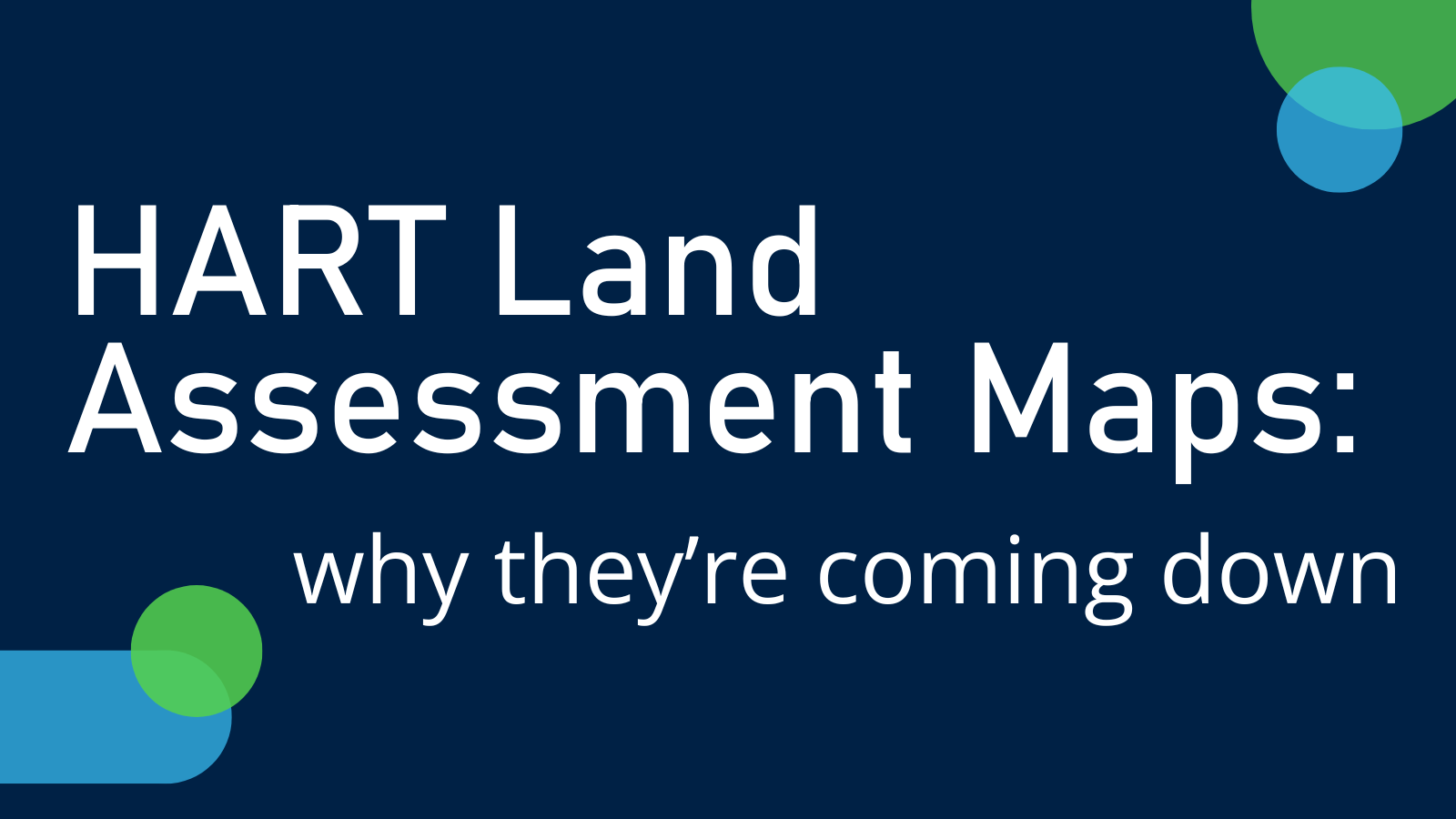The HART Land Assessment Maps are the product of almost two years of close collaboration with twelve communities and tens of thousands of dollars. On November 30, half of them will be removed from the website, and the remaining six maps will be archived.
HART created the Land Assessment maps as a tool for communities across the country to think expansively about the use of government-owned land and how it could be used to address housing needs. We mapped the land where over 40% of the Canadian population lives, and identified 4,352 vacant or underused parcels of land, totaling over 11,221 acres. Not all of these parcels are shovel-ready, many require rezoning or remediation, but these maps showed communities (sometimes for the very first time) what land they already had, and supplied a vision for how communities can ease the housing stress of their constituents. These maps, alongside the advocacy of HART and many other dedicated non-profits, researchers, and community members, have contributed to the policy shifts at the provincial and national level, including the re-imagined Federal Lands Initiative.
What maps are coming down, and why?
Most of our maps of Ontario, including Toronto, Halton Region, York Region, Durham Region, Hamilton, and Peel Region will be deleted from our website and all access will be removed. Ontario, unlike most provinces, has privatized their land assessment and title authority. Teranet and MPAC (Municipal Property Assessment Corporation) hold the title data and parcel geometries respectively of all of Ontario. Some communities have independently mapped land within their jurisdictions, but most communities have to pay a licensing fee to Teranet and MPAC for access to their data. HART is no exception to this pay-to-play model, and we disbursed $57,000 for a public display license (note: a license for public display of ONLY government-owned, vacant or underused parcels) over the last two years. HART is grant-funded, and so the maps requiring this license must be removed.
Why are the other maps being archived?
While there are six maps that did not require a fee to display, and in some cases the maps and underlying data are now nearly four years old. While these maps will still be available to view we can no longer be 100% sure that the underlying data reflects the current land ownership, use, or status.
You will still be able to view our maps of Calgary, Edmonton, Gatineau, Whitehorse, Ottawa and Victoria County on our Land Assessment Tool page until our data-sharing agreements expire in mid-2025, but there will be a disclaimer flagging the archival status.
What does this mean?
This part of the HART project is not winding down – we are actively completing land assessments for other communities, and we are working towards projects that seek to map more land across Canada. While our maps from the first stage of HART will be coming down or going into the archive, we hope to release new maps of other jurisdictions in the future. This is also an indictment of privatized data, and data transparency in Canada in general. We can only make informed decisions about our communities with current information. As we’ve found with our work on the Housing Needs Assessment Tool and the Property Acquisitions Tool, data is the foundation. We must understand where our most vulnerable are and how much they can pay in rent; we need public land data (BC is already doing it!) to make better land use decisions; and we need to understand where affordability already exists so we can preserve it in the future.
If you have any questions – don’t hesitate to reach out.
– HART Team



